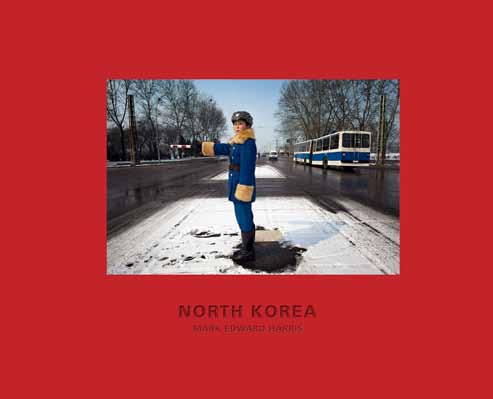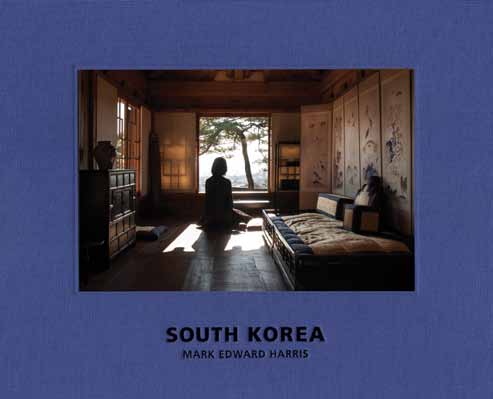|  | | ▲North Korea cover |
|
KH: Why was it the most memorable and how were you able to get access into North Korea?
MEH: The Korea Society in New York was the instrument in getting me into North Korea in 2008. They connected me to the New York Philharmonic when they heard my interest for both North and South Korea. The best part was that New York Philharmonic had a rule: They were allowed to bringone journalist that they wanted and that journalist could not be stopped from taking any photography they wanted. This was a breakthrough.
KH: What is your favorite photo from each book?
MEH: My favorite photo from South Korea book, even though he is not my favorite, is the photo I took of Psy. It was a fun shoot and I love Kpop- my favorite is TVXQ! My favorite photo from North Korea is the traffic officer, and she is also the cover of that book. It was the hardest photo to take. Every day, I had asked the bus driver to stop so that I could take a photo of the traffic officer but he wouldn’t stop. So one day during rehearsal when the New York Philharmonic had a really long song, I stepped out of the building, snuck my camera underneath my heavy coat and took a picture of the traffic officer while standing in the middle of the road with her.
KH: And she just let you take a picture of her?
MEH: No. I kept saying ‘Gam-sa-hap-ni-da (Thank you)’ as she kept saying something to me. I know if I understood her, it would not have been nice words. But she had no choice, she had to guide the traffic and I was already in the middle of the road with her. If you look at the photo, the timing couldn’t have been more perfect. Not only did it give an idea of what people wore in North Korea, but the bus in the back happened to be there. The blue in the bus and the traffic officer’s uniform matched.
KH: What kind of insights do you want people to gain from these two books?
MEH: Although the general public in North Korea will not be able to see both books, I wanted to give the world a unique perspective of North Korea as well as South Korea. This is not a book apologizing or justifying for the recent political tensions from North Korea, but a further look into the people of North Korea, that not everyone is an escapee from North Korea or wanting to do that. Also, that South Korea, although a small countries, great people are coming out of it like Yuna Kim (World
Champion Ice Figure Skater), KJ Choi (Professional Golfer), Chan Ho Park (Former LA Dodgers Pitcher) and Hyun Jin Ryu (Current LA Dodgers Pitcher).
KH: I know that you don’t have the answer to whether or not Korea will unify, but what do you think needs to happen for it to happen?
MEH: More bridges the better. In the past there has been talk about a train between North and South Korea to be created in Taesongdong, but it hasn’t happened yet.
For more information on author and photographer, Mark Edward Harris, visit his website: www.MarkEdwardHarris.com.
You can purchase both his books, “South Korea” and “North Korea” from Amazon.com by typing in keywords, “South Korea (English and Korean Edition)” and “Mark Edward Harris”.
His editorial work has appeared in numerous publications such as Life, GEO, Conde Nast Traveler, AFAR, The Los Angeles Times Sunday Magazine, The London Sunday Times Travel Magazine and Playboy. His commercial clients range from The Gap to Coca-Cola to Mexicana Airlines. His books include Faces of the Twentieth Century: Master Photographers and Their Work, The Way of the Japanese Bath, Wanderlust, Inside North Korea, and Inside Iran. He is the recipient of numerous awards including a CLIO, ACE, Aurora Gold, IPA and Photographer of the Year at the Black & White Spider Awards.
| 




